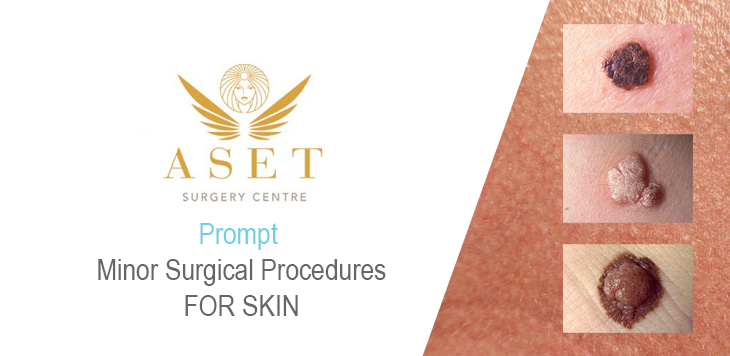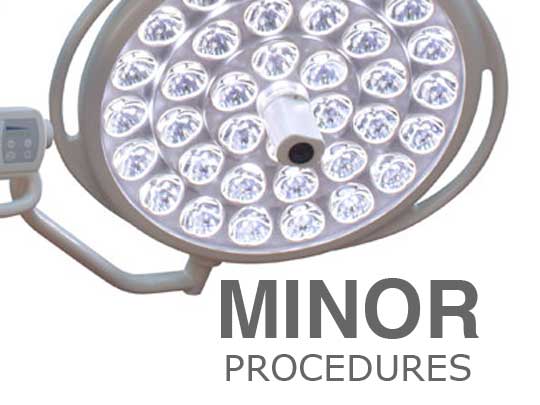
Established in 2019, ASET Hospital brings together some of the leading surgeons in the North West to create a centre of excellence in the field of Cosmetic Surgery and Non-Surgical Cosmetic solutions. With a friendly approach, we believe in providing clear advice to allow you to make an informed decision about your surgery.
Aset's minor surgical skin procedures clinic is led by consultant plastic surgeon
Mr Hassan Shaaban
Mr Hassan Shaaban is a fully accredited British-trained NHS Consultant Plastic Surgeon. In the NHS his main speciality is Oncoplastic (post cancer) reconstruction of the face and breast.
His career in cosmetic surgery expands over 20 years, Mr Hassan Shaaban main speciality is Oncoplastic (post cancer) reconstruction of the face and breast. In the NHS, Mr. Shaaban works in the field of reconstruction following trauma and cancer surgery.
Our team of dedicated and highly qualified plastic surgeons, anaesthetists, skin care specialists and experienced nurses are here to provide safe treatments to try to help you achieve health, happiness and the results you’ve always dreamed of. We do not compromise on quality and will only use top quality implants, properly equipped and accredited surgical facilities and fully qualified consultant surgeons who are on the GMC specialist register.

The word mole can be used to describe a variety of sometimes quite different skin lesions:
They are usually raised and dark with one or more long hairs growing from the surface. They are usually benign but are often of significant cosmetic concern.
Red coloured moles are usually benign. They can be caused by a collection of blood vessels under the skin known as an angioma or haemangioma.
Dark moles can range from flat dark patches of pigmentation to raised dark moles. They are usually of no clinical concern. Most requests for removal are due to appearance, however any mole which has irregular borders, irregular pigmentation, is growing rapidly and/or causes itching/bleeding MUST be seen by a specialist.
Raised moles can be hairy and/or dark, and apart from cosmetic appearance, can sometimes interfere with clothing (e.g. bra straps) or grooming (e.g. a raised mole on the scalp).
Freckles are flat pigmented blemishes on the skin surface that can range in colour from light brown to black. The vast majority are of no medical concern, but occasionally their location can cause cosmetic concern (e.g. the tip of the nose).
Raised moles can be confused for warts and warts can be confused for raised moles. A wart is a growth on the skin surface caused by a virus (often HPV).
Skin tags are small, benign skin growths, raised from the skin surface on a stalk and they often occur on the neck and armpits. Whilst they are benign, they can become irritated by clothing, jewellery and can be cut when shaving.
There are some possible risks, as with all surgery, which will be explained to you at the time of your consultation. This is an opportunity to discuss your treatment and allow your consultant to ascertain your expectations and discuss the results that can be achieved. In order for you to make an informed choice it is vital that you understand all aspects of the procedure and all possible outcomes.
Disclaimer: This information sheet is designed to offer impartial advice and provide you with information to help you make an informed decision. It does not replace the need for a thorough consultation and all prospective patients should seek the advice of a suitably qualified medical practitioner.
Ready to learn more about a minor surgery procedure ? To request your consultation, fill out the form on the side of this page or call our practice at 0151 426 4777. Aset Hospital is based in Liverpool, Merseyside UK and serves national and international clients.